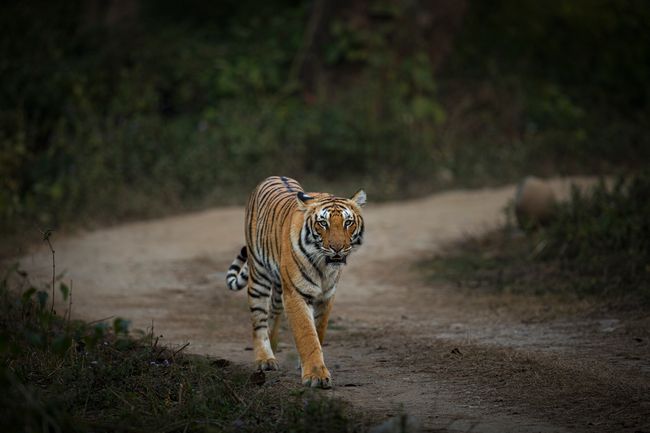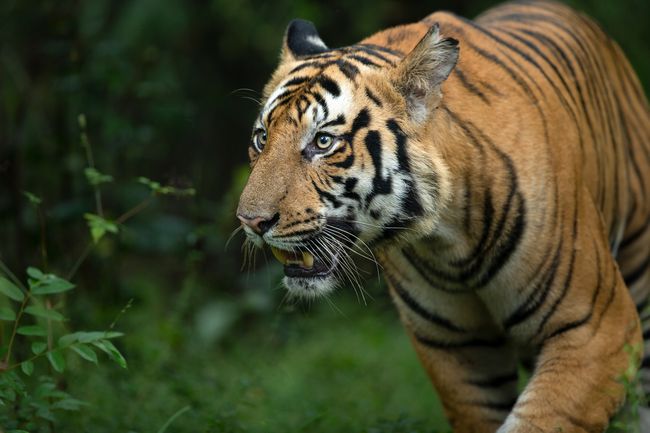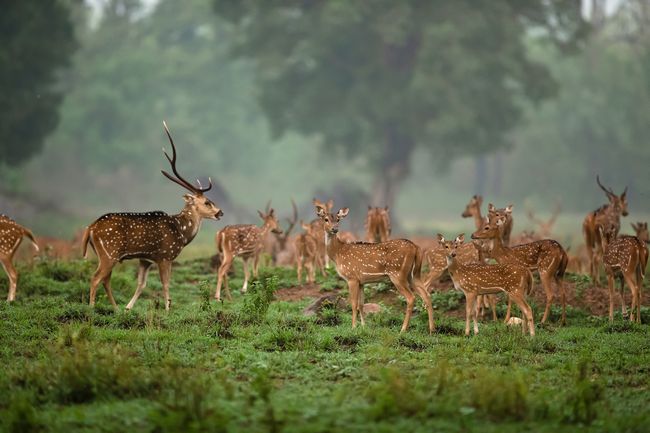Pench, Kanha & Satpura Tiger Safari Tour
11 NIGHTS / 12 DAYS
On your tiger safari in India, Pench National Park will be the main attraction you see. This is the setting for The Jungle Book. This crucial reserve is located less than 2.5 hours from Nagpur City in the Seoni district (formerly Seonee, where Mowgli was born).
Pench is currently gradually reclaiming its standing as one of the best tiger reserves for a tiger safari in India by creating corridors for tiger mobility between Kanha National Park, Nagzira, and Bor Wildlife Sanctuary.
One of the highest numbers of spotted deer in India may be found in Pench, and other creatures like the Indian Leopard and the Dhol or Indian Wild Dog coexist there without endangering the area’s 80 or so wild tigers.
The second hotspot you will be touring on your tiger safari in India is Kanha Park is located throughout the districts of Mandala and Kalaghat in Madhya Pradesh’s Maikal range of the Satpuras. When compared to other wildlife reserves in India, the park is a shining example of superb tourism management and conservation efforts. Of course, seeing the majestic tiger is the major motivation behind considering a safari in Kanha National Park. This park never fails to let you down. A tiger safari in the Kanha National Park guarantees beautiful scenery, with Bamni Dadar being a particular highlight where you can see the sunset in all its splendour.
Without visiting the aforementioned three parks, a tiger safari in India would be lacking.
The Satpura Tiger Reserve is a historical old jungle landscape in Madhya Pradesh. Named after the Satpura Hill Range, it features a wide range of habitats, from thorny scrub to dry and moist deciduous to semi-evergreen, including Teak and Sal Forest. You may access a broad variety of species over varied landscapes by going on a tiger safari in Satpura.
Pachmarhi, a plateau with enormous boulders that can store and deliver water to the area all year round, is located in the middle of the landscape. home to unique bird and reptile species. At Pachmarhi, you can also find the Malabar Whistling Thrush, Satpura Gecko, and Malabar Giant Squirrel.
With over 300 species of bird documented here, birding is a treat. These species include the rare Indian Skimmer, which is seen searching the banks of the Denwa River for food every winter. Records now even reveal that it is nesting here as well. The Satpura scenery, which is surrounded by continuous trees, is a magnificent national heritage of India.
Destination Covered
- Day 01 : Arrival in New Delhi
- Day 02 : New Delhi – Raipur – Kanha (Flight + 220 kms/4 hrs drive from the airport)
- Day 03 - 04 : In Kanha National Park
- Day 05 : Kanha – Pench (210 kms/4-5 hrs drive)
- Day 06 - 07 : In Pench National Park
- Day 08 : Pench – Satpura (210 kms/5 hrs drive)
- Day 09 - 10 : In Satpura National Park
- Day 11 : Satpura – Bhopal – New Delhi (145 kms/3 hrs drive to the airport + flight)
- Day 12 : New Delhi – Onward Destination
Detailed Itinerary: Pench, Kanha & Satpura Tiger Safari Tour
Day 1 : Arrival in New Delhi
Upon arrival at the New Delhi Airport, you will be met by our representative. He will ensure a smooth transfer to the Hotel and further, help you check-in at the Hotel. All the travel related documents will be handed over and explained to you. Overnight stay at the Hotel.
Day 2: New Delhi – Raipur – Kanha (Flight + 220 kms/4 hrs drive from the airport)
After a leisurely breakfast, go to the domestic terminal of the New Delhi Airport to catch a flight to Raipur. You will be greeted at the Raipur Airport upon arrival and driven to Kanha National Park. You’ll travel 220 kilometers in total and need to allow 4 hours for the trip.
Check into the lodge after arrival. Go on a tiger safari at the National Park in the afternoon after lunch. Staying the night at the lodge for dinner.
One of the earliest national parks in Maharashtra with a fantastic tiger population is Tadoba. Teak and bamboo are the main plant species. It connects to Pench National Park through this corridor, allowing Tigers to wander freely and in peace.
Day 3 - 4: In Kanha National Park
Get up at 05:00. Enjoy some tea, coffee, and biscuits before heading to Kanha National Park for a morning tiger safari.
The 940 sq. km. of Kanha’s Sal and Bamboo forests, rolling meadows, and meandering streams make up the majority of the Kanha Tiger Reserve, which was established in 1974 as part of Project Tiger. Only in the park can one find the endangered Hard Ground Barasingha (Cervus Duvaceli Branderi).
This is the actual Kipling nation that he eloquently described in The Jungle Book. At a set location, the tiger safari vehicle’s bonnet is covered with a packed breakfast that is provided by the Lodge. Enjoy your breakfast while exploring Kanha’s forest.
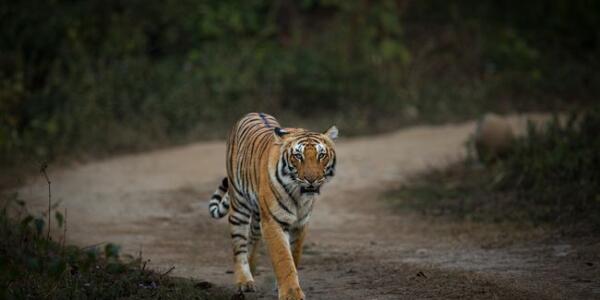
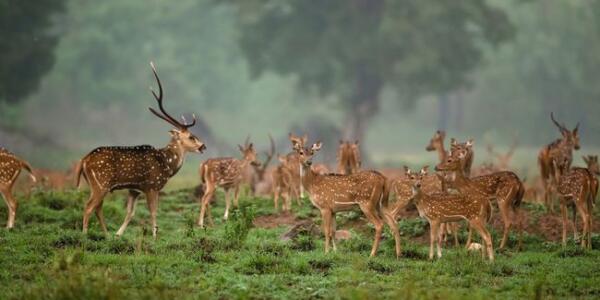
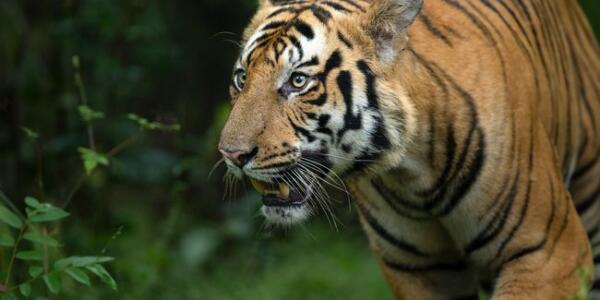
Day 5: Kanha – Pench (210 kms/4-5 hrs drive)
Jeep trip to the national park in the morning. Drive to Pench National Park (210 km/4-5 hours) after an early lunch. Check into the Resort after arrival.
Dinner and a night’s rest at the hotel.
Day 6 & 7: In Pench National Park
Tiger safaris in Pench National Park in the morning and the afternoon. food and lodging at the resort.
The tropical wet deciduous forest in Southern India covers an area of 758 sq. km., mixing with the tropical dry deciduous teak. Numerous streams and nallahs, the most of which are seasonal, traverse the area. Although the Pench River dries up at the end of April, there are a number of water ponds, known locally as Dholes, that serve as watering holes for wild animals. During dry periods, the Pench Reservoir in the park’s middle is the only significant water supply.
As the concentration of prey is high along the Pench River, Tigers usually inhabit this area. Leopards are found lurking in the peripheral areas and are occasionally seen in the deep forest also. Jungle cats are a common sight. Leopard Cats, Small Indian Civets, and Palm Civets are seen rarely.
Cheetal and Sambar are frequently spotted grazing in Pench on the open fields along the sides of the highways and along the banks of rivers and reservoirs. In the Park, jackals can be observed looking for food. Wild Dog packs of up to 15 or more have been spotted close to the Reserve’s Chhedia, Jamtara, Bodanala, and Pyorthadi districts. In the summer, gaur herds are frequently seen by streams and bamboo groves. Sloth Bears love the Mahul Bel-infested woodland and live in the rocky places. Chinkara is a fairly rare species that can be found in the open spaces near the villages of Turia, Telia, and Dudhgaon.
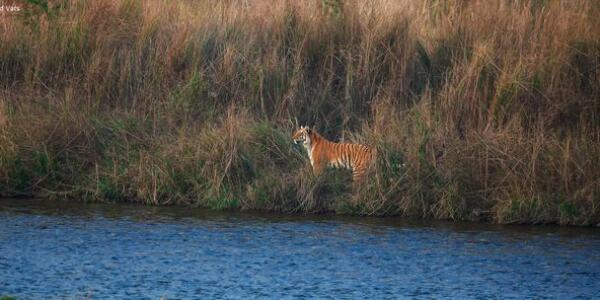
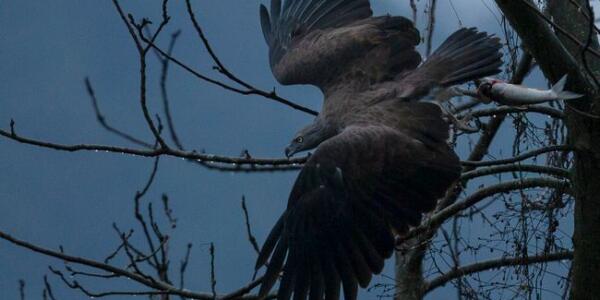
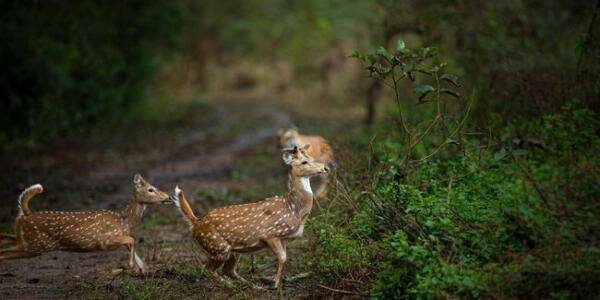
Day 8: Pench – Satpura (210 kms/5 hrs drive)
Day 9 & 10: In Satpura National Park
Apart from the Tiger safari, this National Park offers a wide range of other activities. Some of these include the option of a canoe, motorboat, walking safari, elephant ride, and night wildlife safaris in the buffer forest.
The biodiversity in Satpura National Park is extremely rich. Spotted Deer, Indian Bison (Gaur), Tigers, Leopards, Wild Boar, Wild Dog (locally known as Dholes), Sloth Bear, Black Buck (special attraction), Porcupine, Sambhar, Four Horned Antelopes (Chowsingha), Smooth Otter, Pangolin, Marsh Crocodile, Langoors, etc. are all part of its fauna. The Indian Giant Squirrel is one of Satpura National Park’s unique features because it is currently uncommon in India. In compared to other National Parks in Central India, sightings of leopards, gaurs, wild dogs, and sloth bears are good.
Satpura National Park is an excellent place to go bird viewing. We frequently encounter a variety of birds here while on vacation or a safari. Compared to the Pench, Kanha, or Pench national parks that are close by, this national park’s tiger sightings are not as outstanding. Because they equally share the jungle with tigers and are incredibly beautiful animals of nature, it is imperative that when we go on a jungle safari in the national park, we do not go with the only intention of seeing tigers. Instead, we should enjoy seeing all of the area’s inhabitants.
Meals and lodging at the Jungle Lodge.
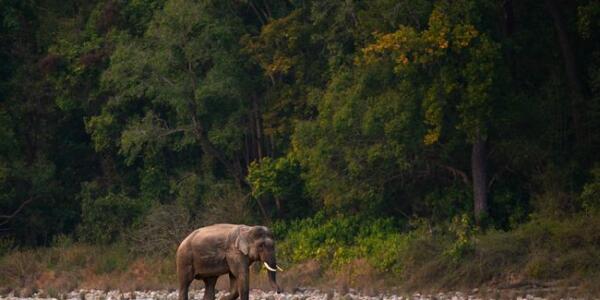
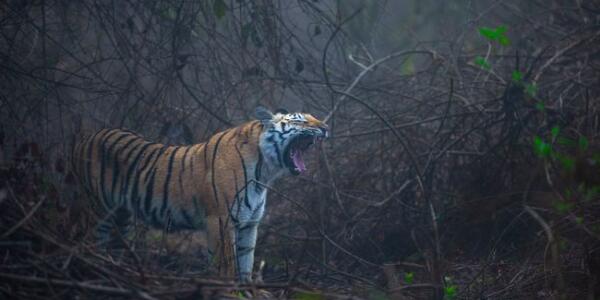
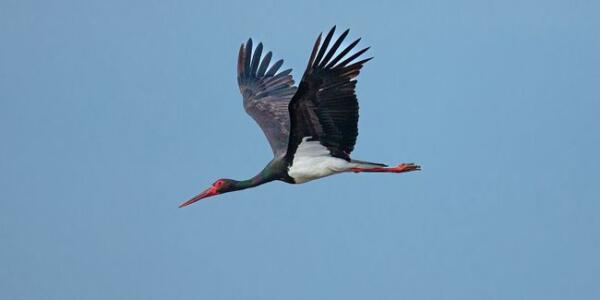
Day 11: New Delhi – Bhopal – Satpura (Flight + 145 kms/3 hrs drive from the airport)
Morning jeep tiger safari to the National Park and after lunch drive to Bhopal Airport to board a flight to New Delhi. Upon arrival at New Delhi, you will be met by our representative who will assist you with a smooth transfer to the Hotel.
Overnight at the hotel.
Day 12: New Delhi – Onward Destination
After breakfast, assisted transfer to the International Terminal of the New Delhi International Airport to board your flight back home/onward.
Guest Testimonials and Experiences
Our efforts have time and again been recognized by all our guests on TripAdvisor. With reviews that are 100% genuine, you can read them here or head on to our official TripAdvisor page to browse through them in detail.
ENQUIRE NOW
Lets plan your safari tour. Please fill the enquiry form below and our team will get back to you within 24 hours with a perfect safari package.
Related Tours for Tiger Site Seeing
Tigers occupy the pinnacle of the food chain and a healthy tiger population is an indicator of the well being of the whole forest. Throughout evolution, predators have had a regulatory influence on the population sizes of other species; it is thanks to carnivores, such as tigers, that the number of herbivores is kept in check. In turn, the populations can therefore only fluctuate between certain limits because of this “feedback mechanism”.
With the number of herbivores under control, but not depleted, the forest vegetation is likely to thrive provided humans do not over exploit it. Seeds will be dispersed by new growth will not be prevented by excessive grazing pressure. Healthy vegetation protects the rainwater and safeguards the water table. Many forest are important catchments areas for rivers, upon which many species, including human beings, depend.
Species at the top of the food chain are generally larger and require more space than other animals, particularly if they are territorial . Conserving such species in the wild protects the habitat of many other animals, as well as safeguarding the essential ecological processes such as water and nutrient cycling. Thus the tiger is the guardian of many other creatures.
09 NIGHTS / 10 DAYS
Related Tiger Safaris
15 NIGHTS / 16 DAYS
Related Tiger Safaris
13 NIGHTS / 14 DAYS
Related Tiger Safaris

